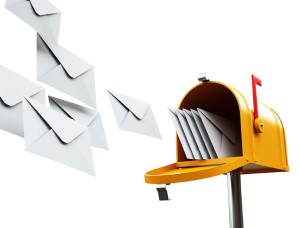
How to avoid spam on social media
By admin on January 23, 2012
If death and taxes have long been cited as the only certainties in life, we'd like to add one more to the list: spam. Spam occurs when computer networks, businesses or individuals send the same unsolicited message to a large number of people in hopes of forcing them to buy a product or service. With the ever-increasing popularity of social media websites like Facebook and Twitter over the last few years, spammers have wasted no time taking advantage of these new ways to aggressively campaign, and as a result, the amount of spam on social media sites is growing every day.
Some types of spam are worse than others, depending on where it's coming from. Businesses, for example, can spam you when they send out a large amount of posts and messages on their social media platforms, which can in turn clutter your page and inbox. However, if you feel as though you're being bombarded by unwanted solicitations, you can always unfollow, unfriend, block or otherwise remove these companies.
In other instances, spam can get more serious. Sometimes, hackers can hijack your social media account and spam all of your connections. Not only can this affect other peoples' perceptions of you (it doesn't look good if you're bombarding all of your followers on Twitter with ads for Viagra, for example), but in some instances, these messages also contain links to a virus or other malware.
To avoid spamming as best as possible, make sure that you have a secure password (combine letters, numbers and punctuation, if possible) and that you change these protective combinations often. In addition, try to connect only with people you know. If you do decide to add someone you don't know, be sure to click on their page and inspect their posts first.
If you accidentally click on a link and are concerned that your social media account has been hacked, you may want to contact your local Maryland computer repair center for virus removal, as well.
For a Free Computer Repair Quote Call (202) 670-9966
Related Maryland Computer Repair Articles
How to understand a “blue screen of death”How to make your computer’s font bigger in Windows
Internet Connection Issues—Could It Be The Router?
My Laptop Screen is Black!
Virus alert: fake speeding tickets sent through email



Leave a Reply